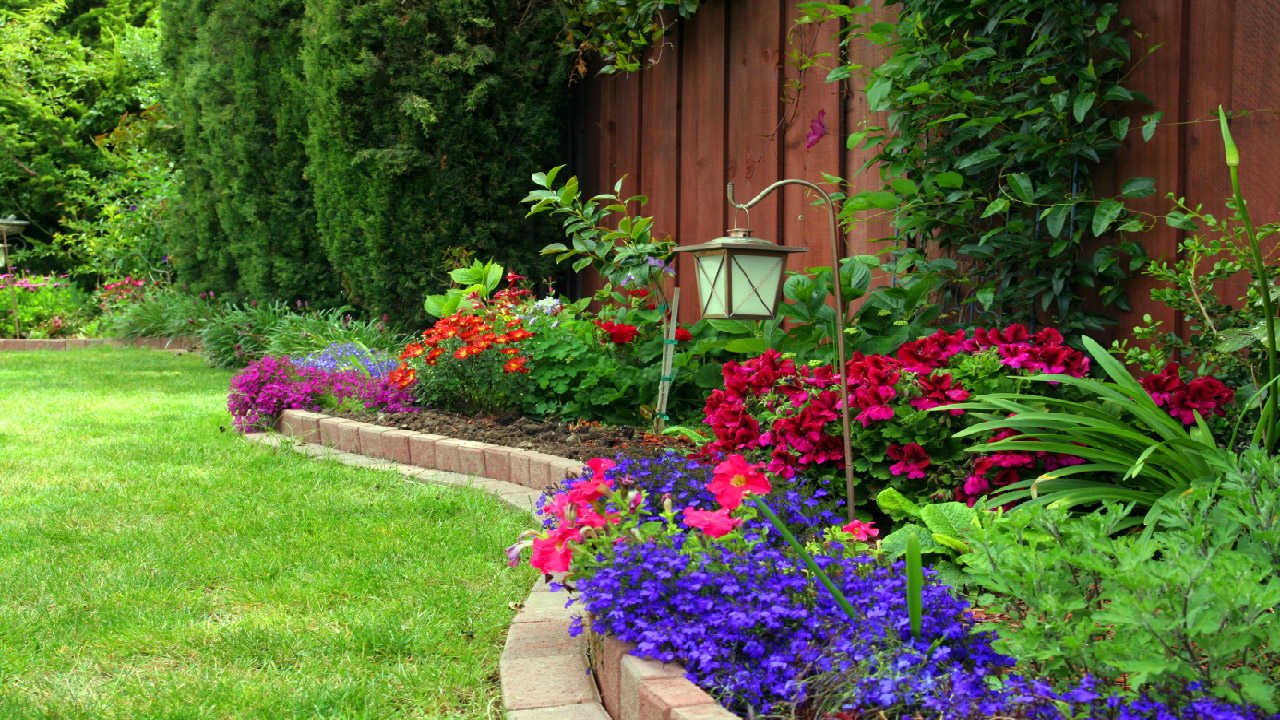Watering Tips for Lawn and Garden Landscape
Aug 1st 2023
Looking to show off your lush and green landscape this summer? First, you need to learn how to provide the optimal water for your lawn and garden. Watering is one of the most frequent events in a landscape, so it's essential to get a good system in place. Responsible water usage will also reduce runoff and evaporation, saving resources while maintaining a desirable landscape. Though it may seem simple enough, here are six of the best tips that will help accelerate your progress towards landscaping heaven.
Tip #1: Check the Soil
One of the most important parts of watering is to make sure you don't overdo it. Different climates and weather conditions change the rate of water absorption and evaporation, so blanket rules may not apply. Be sure to check the moisture in your soil frequently to be sure you are providing the optimal amount of water. More water is needed if the soil is dry to the touch 1-2 inches down.
Tip #2: Water Slowly and Infrequently
Only giving plants a little bit of water at a time can lead to shallow rooting, destabilizing the entire plant. On the other hand, mimicking nature by providing infrequent waterings that reach deep into the soil like rainstorms encourages deep rooting and resilience in your landscape plants. Annual vegetables will likely need more frequent waterings because they utilize so much water for production.
Tip #3: Focus on the Root Zone
Though it may be tempting to water the entire plant from top to bottom, optimal watering is actually focused on the root zone of the plant. The roots absorb the water while wet foliage can make the plant more susceptible to diseases. Ensure you are providing enough water at one time to completely soak the soil to at least 5-6 inches deep.
Tip #4: Morning Watering
Though you can theoretically water at any time of day, morning is the most optimal. Watering before the sun is at full strength ensures minimal evaporation before the plant can utilize the water. Watering at night may do the same thing, but you risk any wet foliage not being able to get completely dry, leaving it susceptible to disease.
Tip #5: Mulch, Mulch, Mulch
Though it may be pricier than leaving the ground bare, mulch is an essential part of keeping the soil moist. This will also help to reduce the number of waterings necessary and even prevent weeds from popping up.
Tip #6: Utilize an Irrigation System
If you haven't considered it before, now is the time. Drip irrigation or soaker hoses can be a lifesaver during busy summer schedules to ensure your plants get optimal water. Easily set on a schedule by using a timer, irrigation systems for your lawn and garden alleviate the stress of forgetting to walk around with your watering can or turning on and off your sprinklers. Drip irrigation systems also provide water directly to the root of your plants, helping them grow strong and stable. This is especially important for new garden beds or annual plants because they require more frequent waterings. Native plants are likely well-suited to the rainfall in your region

